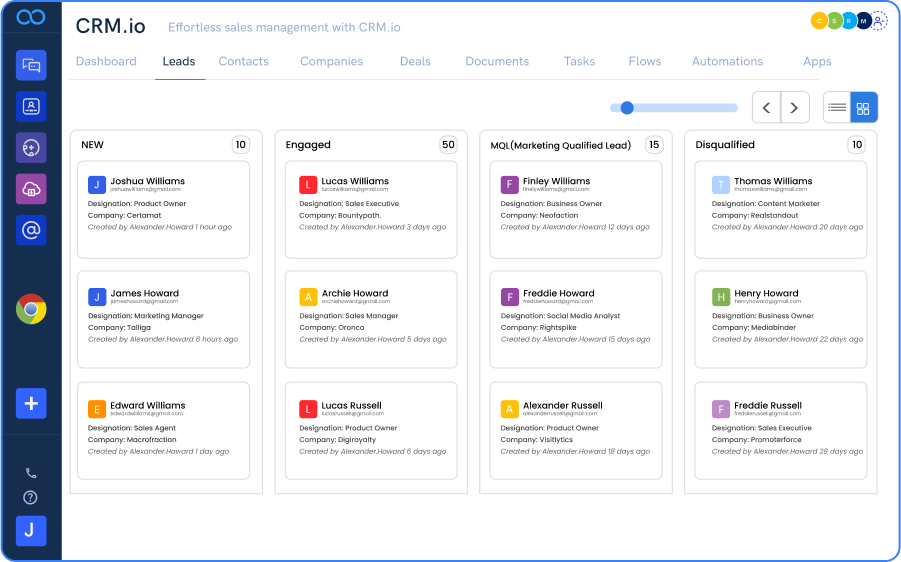
Boosting Business Efficiency with CRM Integration: Why Your Company Needs It
In today’s competitive marketplace, businesses must enhance customer relationships and streamline operations to stay ahead. Customer Relationship Management (CRM) software is a powerful tool, but its true potential is unlocked through seamless integration with other business applications.
At JPA Web Services, we specialize in CRM integration that transforms operations by connecting systems for efficiency and growth. Here’s why CRM integration is essential and how it can impact your business.
What is CRM Integration?
CRM integration connects your CRM software with other platforms, enabling smooth data exchange. This creates a unified view of customer interactions and streamlines processes, ensuring accurate, real-time information access from a single location. CRM integration may include email platforms, social media, e-commerce, and accounting software connections.
Key Benefits of CRM Integration
- Enhanced Customer Insight
A fully integrated CRM provides a 360-degree view of customers, helping teams understand behavior, preferences, and history. This allows for personalized interactions, improving customer satisfaction and loyalty.
- Improved Productivity and Efficiency
Employees no longer need to switch between platforms to gather information. Seamless access to customer data saves time, reduces manual entry, and allows teams to focus on relationship-building and customer service.
- Better Sales and Marketing Alignment
When sales and marketing tools integrate with CRM, teams can share insights effortlessly. Marketers can track sales updates, while sales teams gain access to marketing insights for a cohesive customer journey from initial contact to conversion.
- Enhanced Customer Service
Integrated CRM systems provide customer service teams with quick access to previous interactions, purchase history, and open tickets. This enables faster response times and a more personalized service experience.
- Data-Driven Decision Making
CRM integration allows businesses to generate comprehensive reports by combining data from various departments. Leaders can make informed, real-time decisions based on customer insights, sales trends, and performance metrics.
- Scalability for Business Growth
A well-integrated CRM system grows with your business, adapting to increased demands and supporting new features, data sources, and users without disrupting workflows.
How JPA Web Services Simplifies CRM Integration
At JPA Web Services, we offer tailored CRM integration solutions designed to meet your specific business needs. Our team ensures a seamless connection between your CRM and key applications, creating a unified system that enhances productivity and customer engagement.
Our CRM Integration Services:
- End-to-End Integration Solutions: From assessment to implementation, we ensure a smooth and efficient process.
- Custom Integrations: We configure your CRM to work in sync with email, e-commerce, social media, and accounting software.
- Ongoing Support and Training: Beyond setup, we provide training and support to help your team maximize the CRM’s capabilities.
Get Started with JPA Web Services
Ready to enhance customer relationships, boost productivity, and make data-driven decisions? Contact JPA Web Services today to explore our CRM integration solutions and find the best fit for your business.










